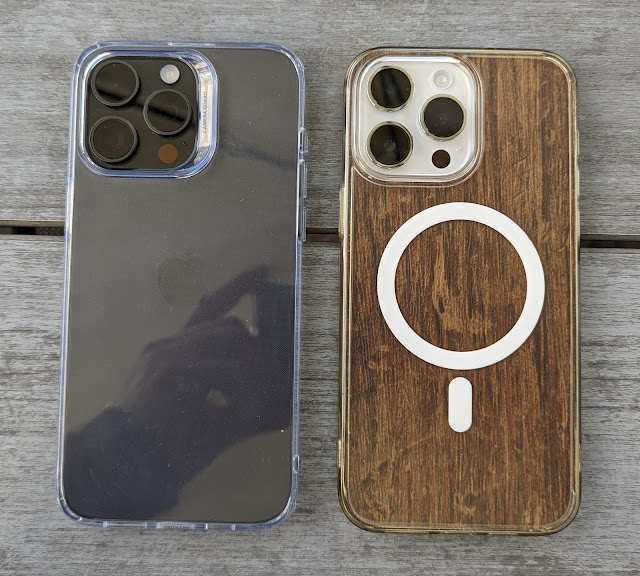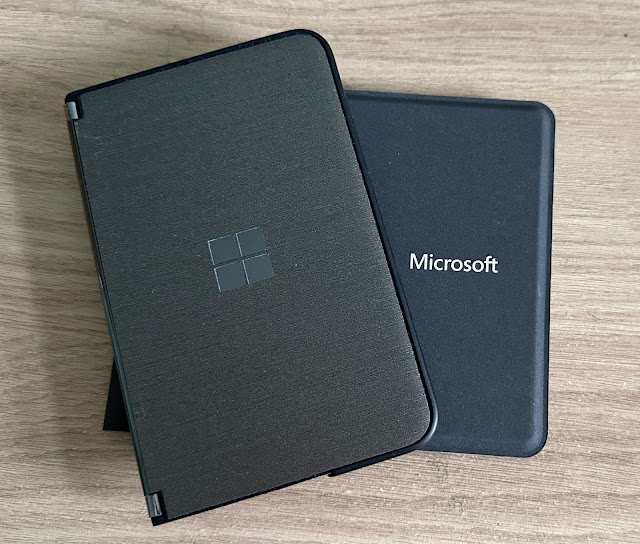A photo used to be a photo, a video a video. In 2025 they are data sets!
Back in the day, a photo used to be a negative or print, a video would be an 8mm film or perhaps VHS tape - and then the digital age was upon us, with the advent, especially, of phones with cameras. Starting with, arguably the Nokia N93, in 2006, we had useable, focussed, 3MP photos, and useable 'DVD quality' video files - captured from a phone.
A photo was, typically, a .JPG file and a video was, typically, a .MP4 file (I won't get into codecs here, to keep things simple). Each - literally - just a file.
And then manufacturers started adding on information. Some of which could be contained within the original files, but mostly... not. Starting with Nokia's experiments with 'live' photos on their Lumia phones around 2012, where a small section of video (from before the shutter was pressed and after) was captured and stored with the JPG photo. Then, with the core of Nokia's imaging team being made redundant and moving to Apple, we had live photos making a welcome comeback on the iPhone in 2015 (with the launch of the 6s), and with genuinely useful features, like using the video portion to create a 'long exposure', typically of running water.
Many Android phones have also now added the optional saving of RAW images (so no processing or compression) in addition to a JPG for the average user.
And in the last year or so, we've seen videos being expanded, with multi audio streams being saved. For example, on the iPhone 16 range, we have the output of all four microphones being saved and they can be edited together in various 'AI' ways after the fact. For example, to cancel out background noise, isolate the subject in frame, and so on.
So videos aren't simple .MP4 files anymore either. You can even prove this yourself on a modern iPhone by looking at the Audio Mix options, then deleting the video and restoring it from the iPhone Photos bin. The restore process only restores the core .MP4 file and you'll see that audio mixing is now not available.
Is any of this a problem? Probably not, since editing of these files will usually be done either on the capturing device or at least on a similar device in the same ecosystem (e.g. iPhone to Mac), in which case the vagaries of photo and video 'extensions' will be understood.
But I thought all of this was at least interesting and worth bearing in mind in the future as you find yourself transferring media around between devices, especially to those within different 'worlds' - there's perhaps more to consider at the file level than simple 'as is' JPGs and MP4s!
PS. If you like my work then think about buying me a beer at paypal.me/stevelitchfield - thanks!



Comments